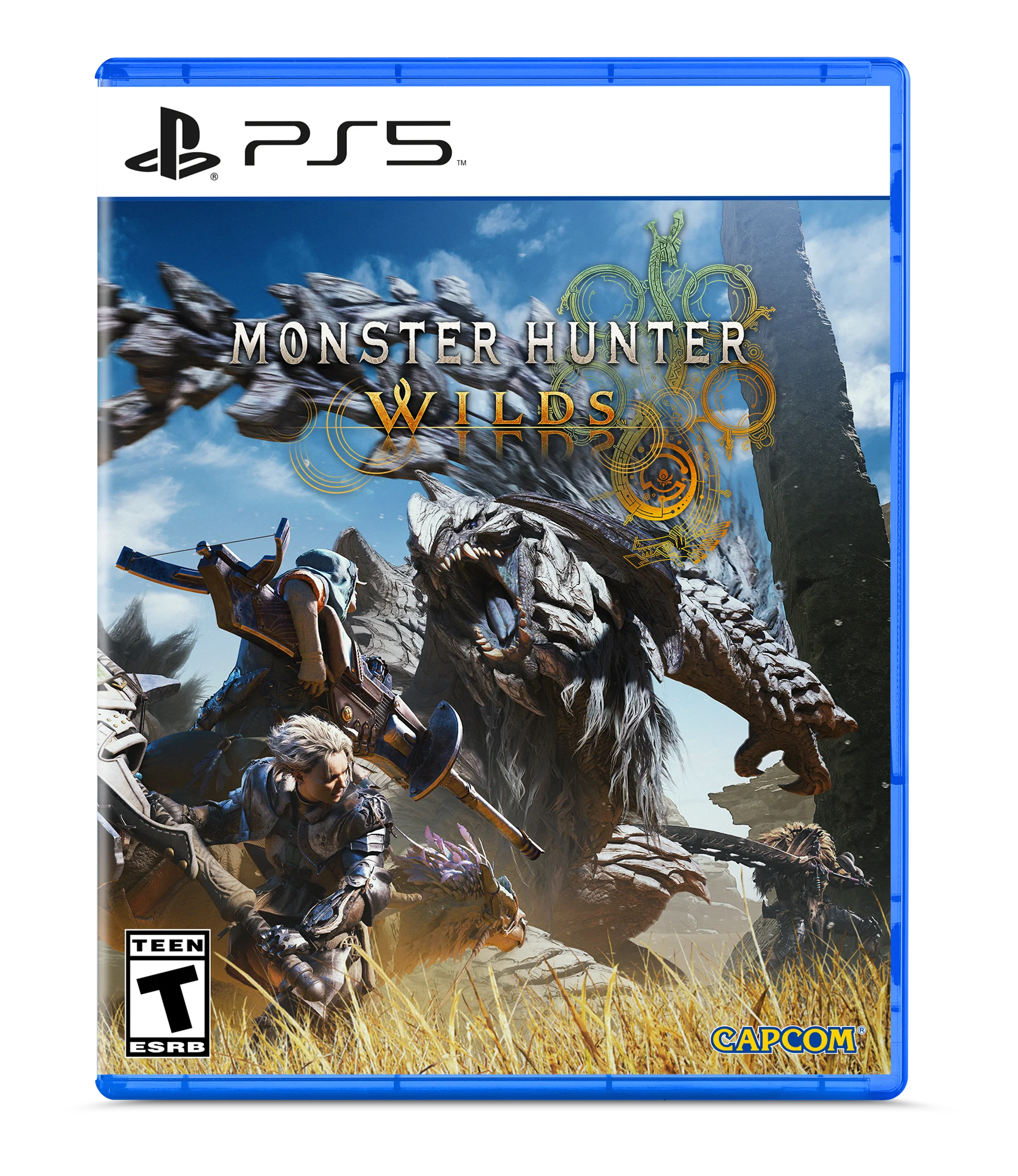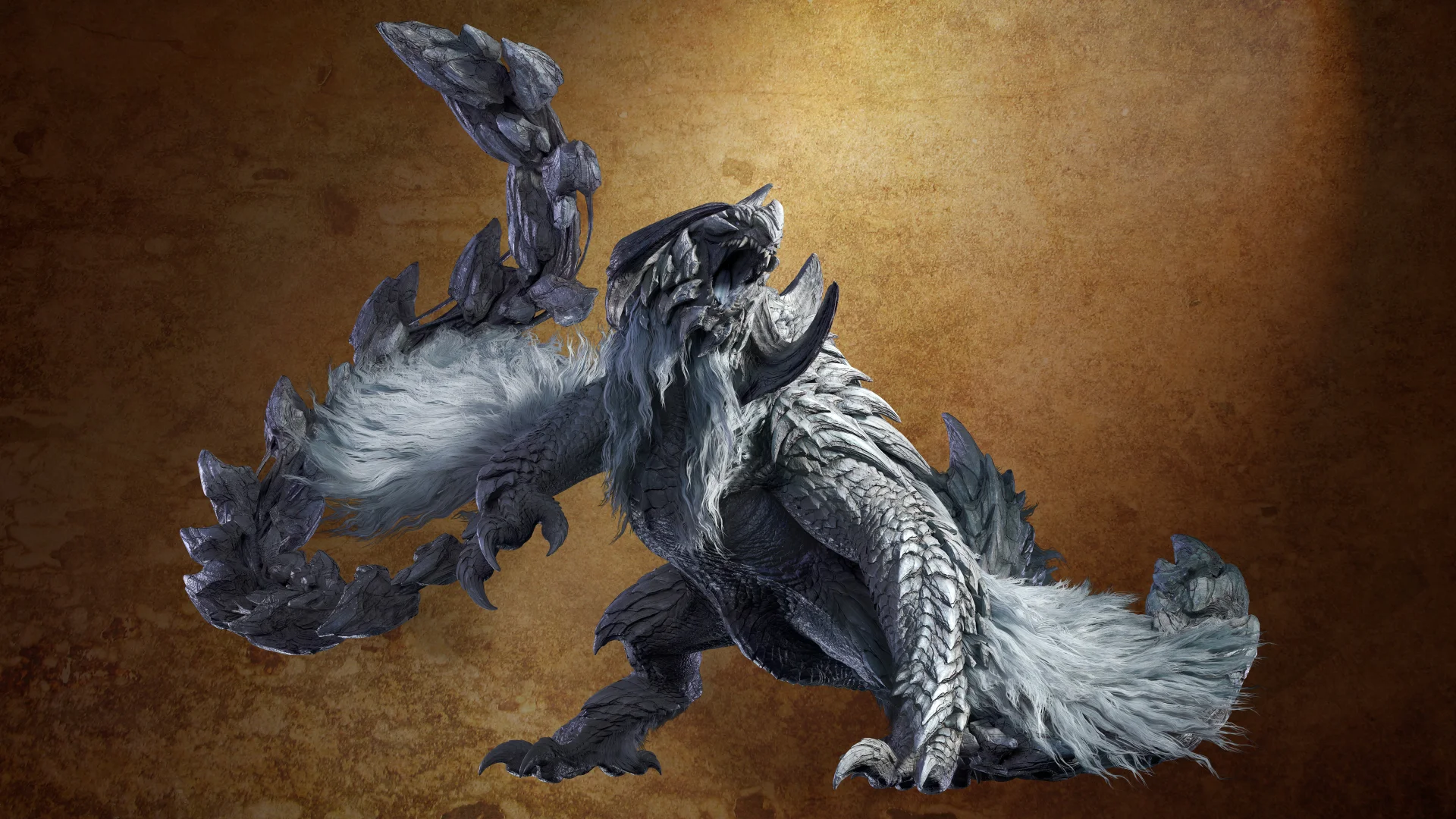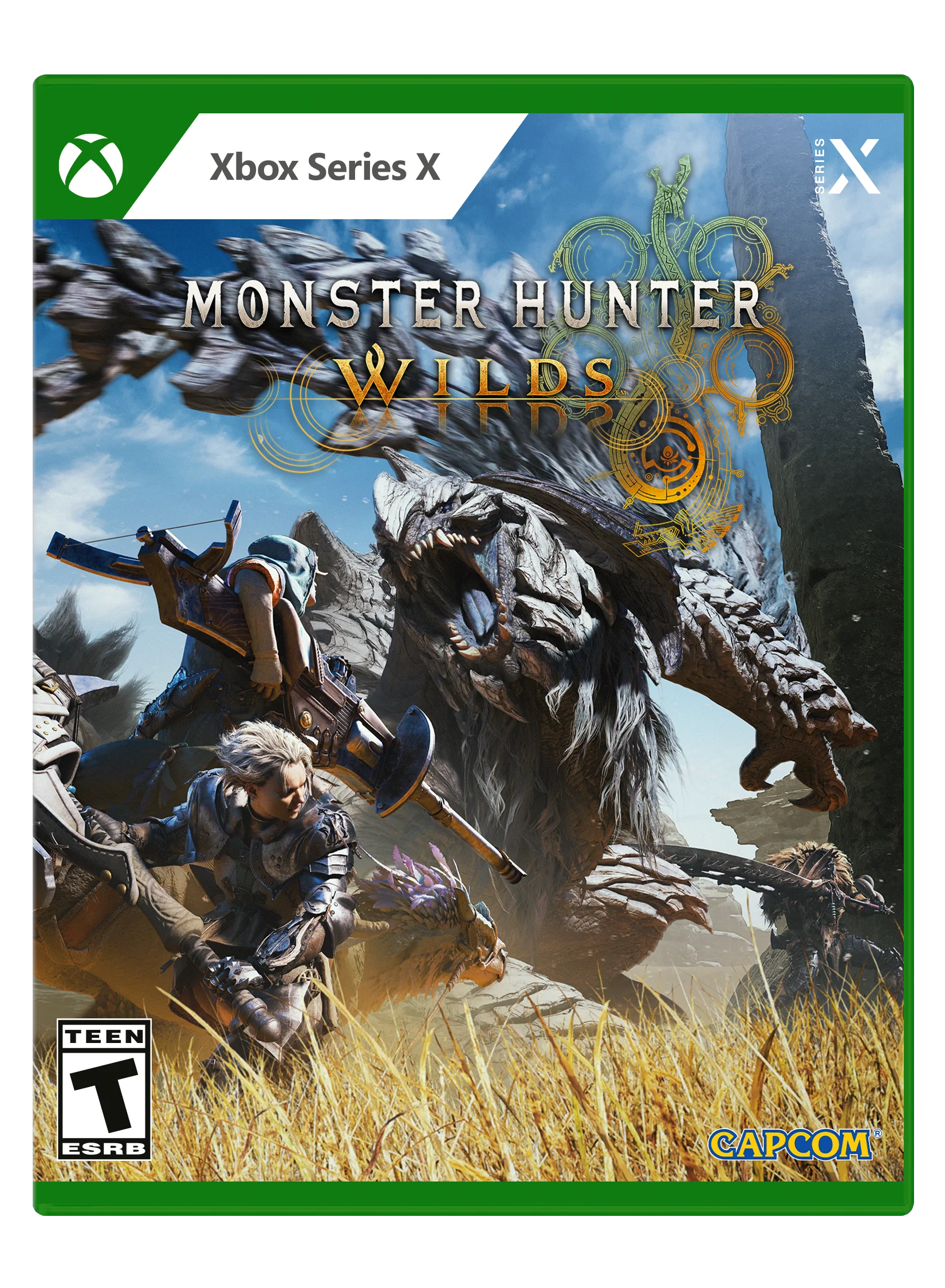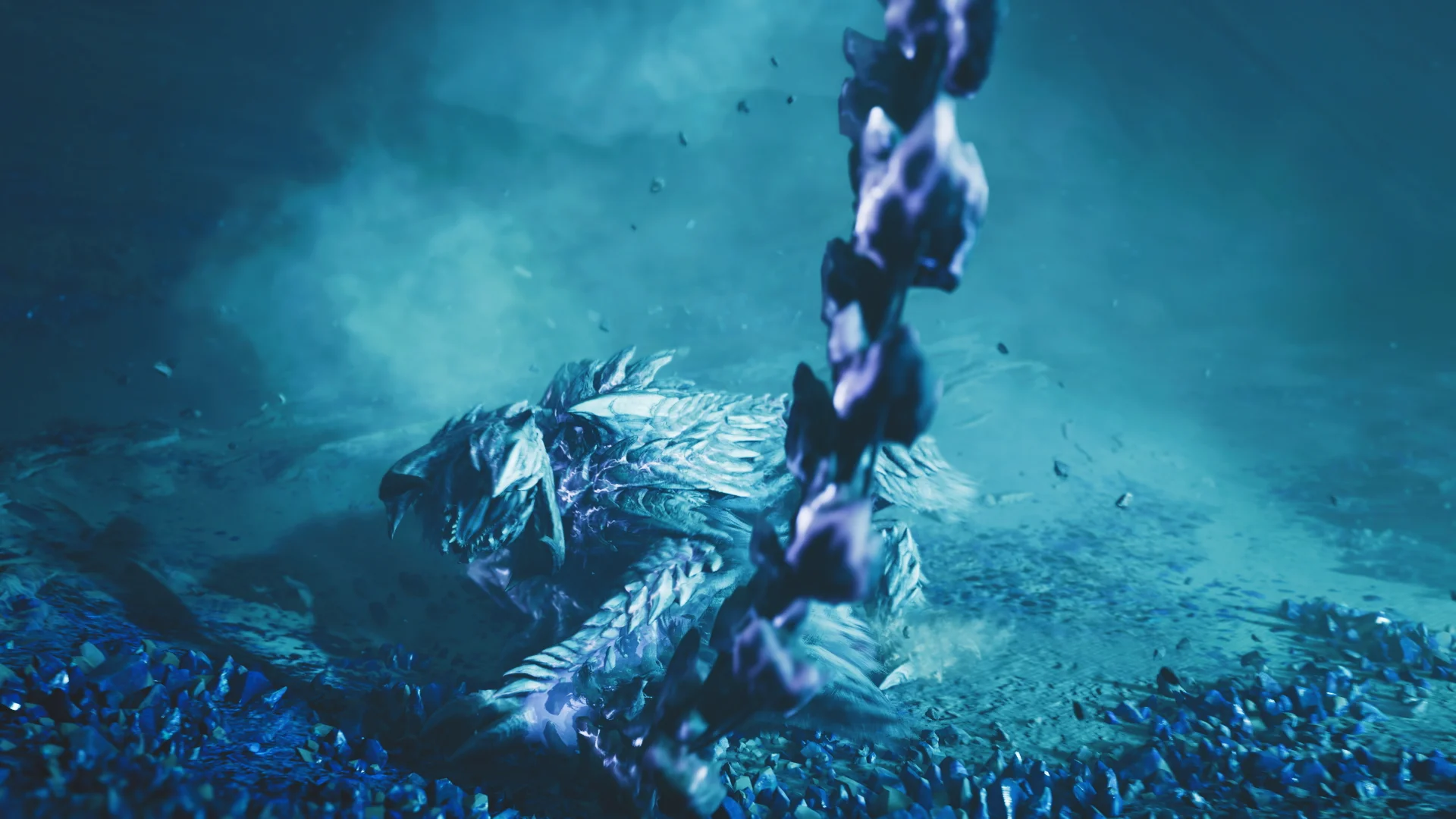Related Articles
| Article | Author | Date | Category |
| Monster Hunter Wilds’ First Post-Launch Update Adds Mizutsune | Kyle Cantelon | February 12, 2025 | News |
| RPGFan’s 30 Most Anticipated Games of 2025 (Part 3) | Zach Wilkerson | December 17, 2024 | Feature Sub-Page |
| Monster Hunter Wilds to Release for Consoles & PC on February 28th, 2025 | Trent Argirov | September 26, 2024 | News |
| Summer Game Fest: Monster Hunter Wilds Demo Preview | Zach Wilkerson | June 12, 2024 | Highlight, Preview |
| Capcom Shows New Monster Hunter Wilds Trailer; Crossplay Confirmed | Kyle Cantelon | June 7, 2024 | News |
| Monster Hunter Wilds Showcases First Gameplay Trailer | Tin Manuel | May 30, 2024 | News |
| Monster Hunter Series Sells Over 100 Million Globally | Tin Manuel | May 14, 2024 | News |
| Monster Hunter Wilds Sets a Trap for 2025 | Tyler Trosper | December 16, 2023 | News |
Podcasts
| Episode | Date |
| Random Encounter 312 – RPGFan’s Most Anticipated Games of 2025 | December 23, 2024 |
| Random Encounter 298 – Not-E3 2024 Extravaganza! | June 11, 2024 |




